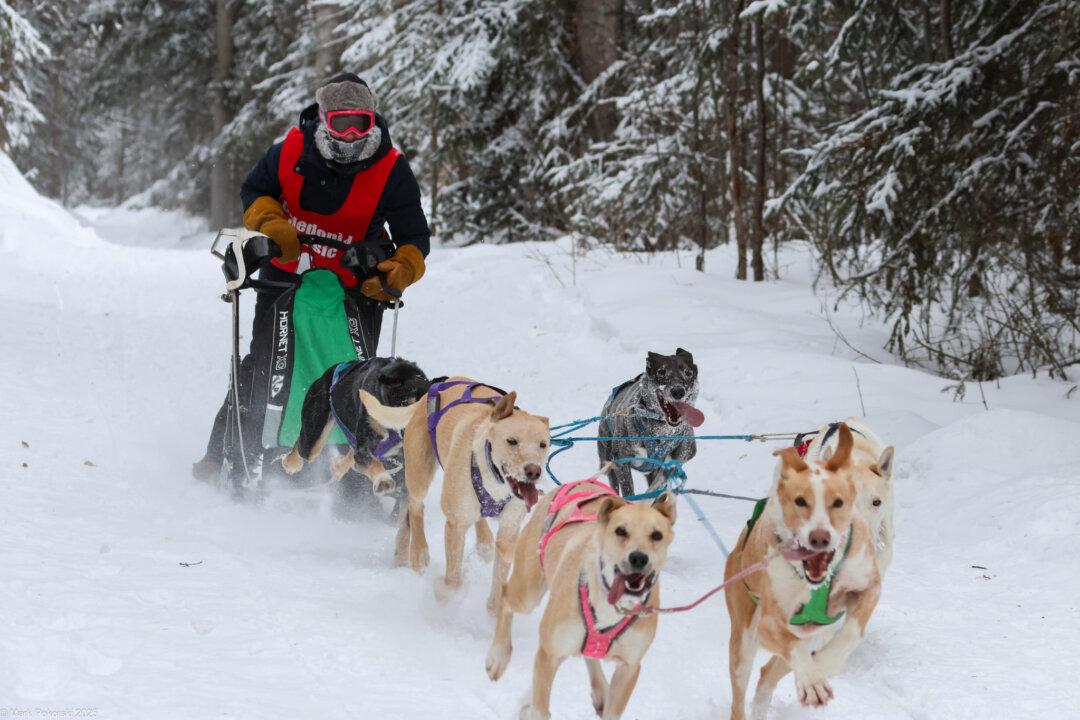There were questions and frustration at a committee meeting on the federal government’s proposed amendments to its firearms legislation, Bill C-21.
“They did it all backwards,” said Bloc Québécois MP Kristina Michaud, through a parliamentary interpreter. “It’s difficult to find your way through such a binder and explain to constituents what this is all about,” she said during the Dec. 6 meeting of the Standing Committee on Public Safety. The binder of proposed changes to Bill C-21 runs well over 400 pages, and was added on Nov. 22.





